The challenge of translating corporate strategy into implementation is often based on the limited involvement of employees in the definition of goals. With the Objectives & KeyResults (OKR) method, overarching goals can be made more tangible at all levels of the company, with the strong involvement of employees actively in their definition. In addition, OKR provides a framework that enables more flexible control of measures to achieve objectives.
Objectives are qualitative and inspirational goals that can be implemented within a cycle of three months. The quantitatively measurable KeyResults describe those measures that are necessary to fulfill the Objectives and are realized within the same period of time. The quarterly implementation period allows companies to be more agile in achieving, measuring, and managing higher-level goals.
Promoting employee engagement through OKR
In the OKR method, employees contribute around 70% of the Objectives & KeyResults along the strategy to an OKR cycle. 30% of the objectives are set top-down by the management. These are exclusively objectives, which are specified bottom-up by the employees on the basis of defined KeyResults. This enables employees to participate in decisions on the short-term strategic approach and to introduce their own topics. Participation in the design and achievement of tangible corporate goals significantly boosts employee commitment and motivation.
We support you in aligning your strategic compass by means of OKR and in increasing the achievability of your goals. For further information please contact us.
Photo by @anastasia_p on Unsplash



